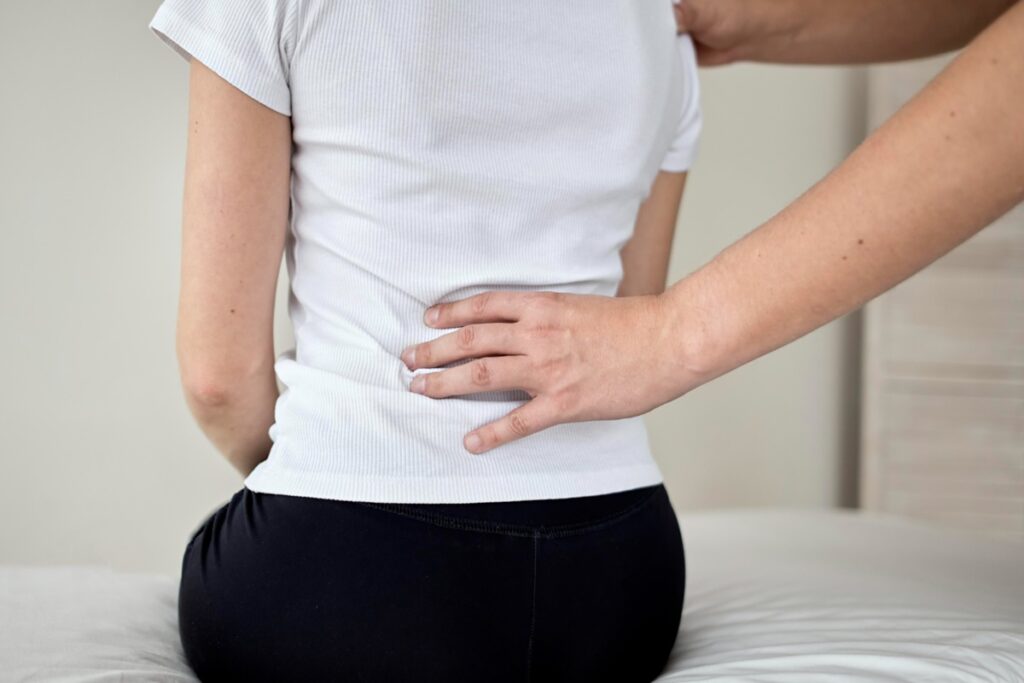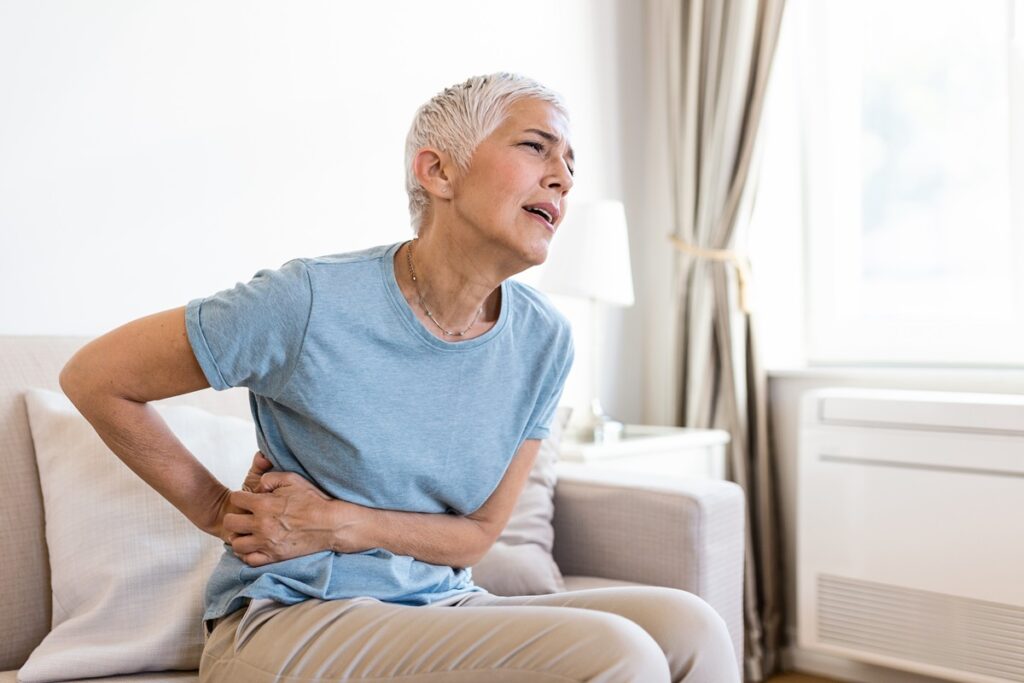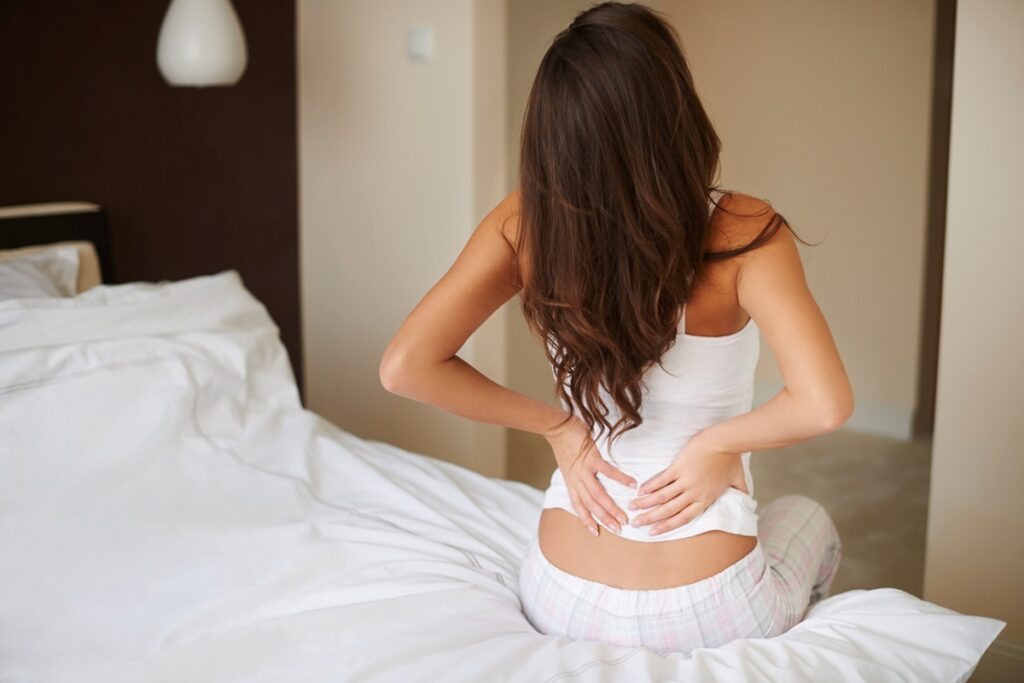Inner knee pain, also known as medial knee pain, refers to discomfort on the inner side of the knee joint. This condition can range from mild irritation to severe limitations in movement, affecting individuals of all ages and activity levels. Addressing inner knee pain promptly is crucial to prevent further complications and to maintain mobility …
Inner Knee Pain: Diagnosis and Treatment
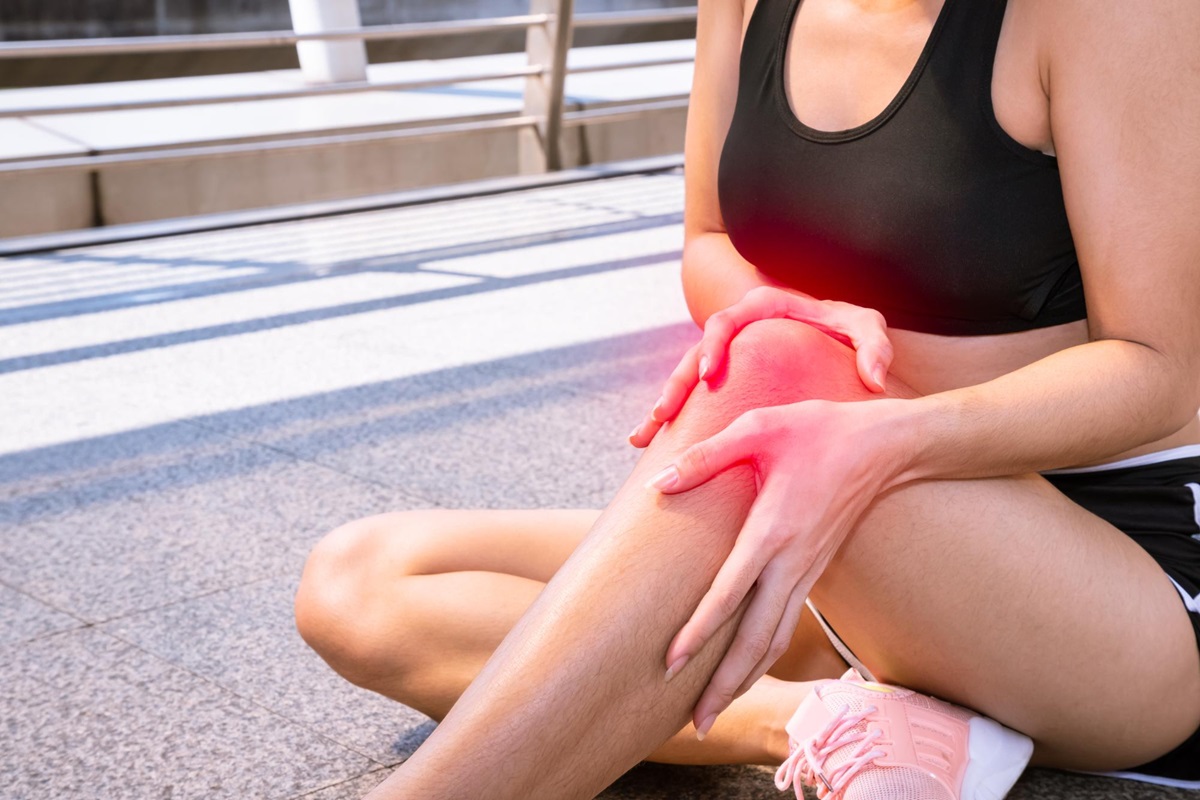
Inner knee pain, also known as medial knee pain, refers to discomfort on the inner side of the knee joint. This condition can range from mild irritation to severe limitations in movement, affecting individuals of all ages and activity levels. Addressing inner knee pain promptly is crucial to prevent further complications and to maintain mobility and quality of life. Pain on inner side of knee can interfere with everyday activities such as walking, climbing stairs, or bending. Understanding the underlying cause of pain in the inner knee is key to selecting the right treatment plan. Knee pain affects roughly one in four adults, and its incidence has surged by about 65% in the last two decades. This trend contributes to nearly 4 million visits to primary care providers every year, reflecting the growing burden of knee-related issues.
What Is Inner Knee Pain?
Inner knee pain occurs on the medial (inner) side of the knee joint, between the kneecap and the inner thigh. This area is supported by various structures, including ligaments, tendons, cartilage, and bursae. Pain in this region can result from injuries, overuse, or degenerative conditions, leading to symptoms like swelling, stiffness, and difficulty in movement. Pain on the inner part of the knee joint may also be accompanied by locking, clicking, or catching of the knee, which can signal underlying structural damage. Patients often experience inner knee pain when bending, especially during activities that involve squatting or kneeling.
Common Causes of Inner Knee Pain
Inner knee pain can arise from various conditions, ranging from acute injuries to chronic degenerative diseases. These causes can include soft tissue injuries, inflammatory disorders, and mechanical imbalances that put excess stress on the inner knee. The pain may develop suddenly following trauma or gradually due to repetitive strain or overuse injury. Understanding the specific source of pain on inner side of knee is essential for accurate diagnosis and long-term relief. Consulting an orthopedic specialist can help determine the exact cause and appropriate treatment plan.
Medial Collateral Ligament (MCL) Injury
The medial collateral ligament (MCL) is a key stabilizer on the inner side of the knee. Injuries to the MCL often occur due to twisting motions or direct impact to the outer knee, common in contact sports. Symptoms include pain, swelling, and instability in the knee. A medial collateral ligament injury can lead to sharp pain when twisting or rotating the knee, especially during sudden changes in direction. In severe cases, patients may experience a popping sound or difficulty walking due to limited range of motion and pain severity.
Meniscus Tear
The medial meniscus is a cartilage that acts as a cushion between the thigh bone and shinbone. Tears can result from sudden twisting motions or degeneration with age. Symptoms include pain, swelling, and a catching sensation in the knee. This injury often leads to locking of the knee and tenderness along the line of the knee joint. Meniscus tear is a common cause of inner knee pain when bending or squatting and may require imaging tests like MRI scans for accurate diagnosis.
Knee Osteoarthritis
Osteoarthritis is a degenerative joint disease where the cartilage wears down over time. It commonly affects the inner knee, leading to pain, stiffness, and reduced mobility. Among individuals diagnosed with knee osteoarthritis, the condition most frequently affects the medial compartment of the knee joint. In fact, the prevalence in this region is estimated to be 5 to 10 times higher than osteoarthritis in the lateral compartment. Risk factors include aging, obesity, and previous knee injuries. Knee osteoarthritis may also cause warmth at the knee joint and difficulty with activities that involve weight-bearing, such as walking or climbing stairs. Patients with advanced arthritis often benefit from physical therapy, weight management, and in some cases, partial or total knee replacement.
Pes Anserine Bursitis
This condition involves inflammation of the bursa located between the shinbone and the tendons of the hamstring muscles on the inner side of the knee. It often results from overuse, obesity, or improper training techniques, causing pain and tenderness in the area. Pes anserine bursitis is frequently associated with pain on the inner side of the knee during activities like going up or down stairs. It may coexist with pes anserinus tendinitis, further aggravating symptoms and limiting knee function. Treatment often includes cold compress, rest, and physical therapy exercises to reduce inflammation and strengthen the muscles around the knee.
Medial Plica Syndrome
The plica is a fold in the thin tissue lining the knee joint. When this tissue becomes irritated due to overuse or injury, it can cause pain on the inner side of the knee, along with a clicking sensation during movement. Medial plica syndrome can mimic other knee injuries and often presents with popping sounds or a feeling of the knee catching during flexion. This condition is typically worsened by repetitive motions such as running, squatting, or prolonged sitting with bent knees, and may be classified as an overuse injury.
Rheumatoid Arthritis (RA)
RA is an autoimmune disease that causes chronic inflammation of the joints, including the knees. It can lead to pain, swelling, and stiffness, particularly in the morning or after periods of inactivity. Unlike osteoarthritis, rheumatoid arthritis often affects both knees symmetrically and may be accompanied by general fatigue and fever. Long-term inflammation can cause joint deformity and damage to the cartilage, making early diagnosis and treatment essential in preventing permanent impairment.
Patellofemoral Pain Syndrome (PFPS)
PFPS, also known as “runner’s knee,” involves pain around the kneecap due to improper tracking or alignment. It can cause discomfort on the inner side of the knee, especially during activities like running, squatting, or climbing stairs. This condition is often exacerbated by patellar instability or muscle imbalances around the quadriceps tendon and patellar tendon. Proper footwear, activity modification, and physical therapy are important components of managing patellofemoral syndrome and preventing flare-ups.
Other Possible Injuries
Inner knee pain can also result from sprains, strains, and general overuse. Repetitive stress on the knee joint without adequate rest can lead to inflammation and pain. Trauma such as a fall or direct blow to the knee may cause a knee contusion or acute injury, contributing to tenderness along the inner joint line. Additionally, injuries like anterior cruciate ligament injury or lateral collateral ligament (LCL) injury, though not always medial, can still cause compensatory pain in the inner knee due to altered movement patterns and joint mechanics.
Symptoms of Inner Knee Pain
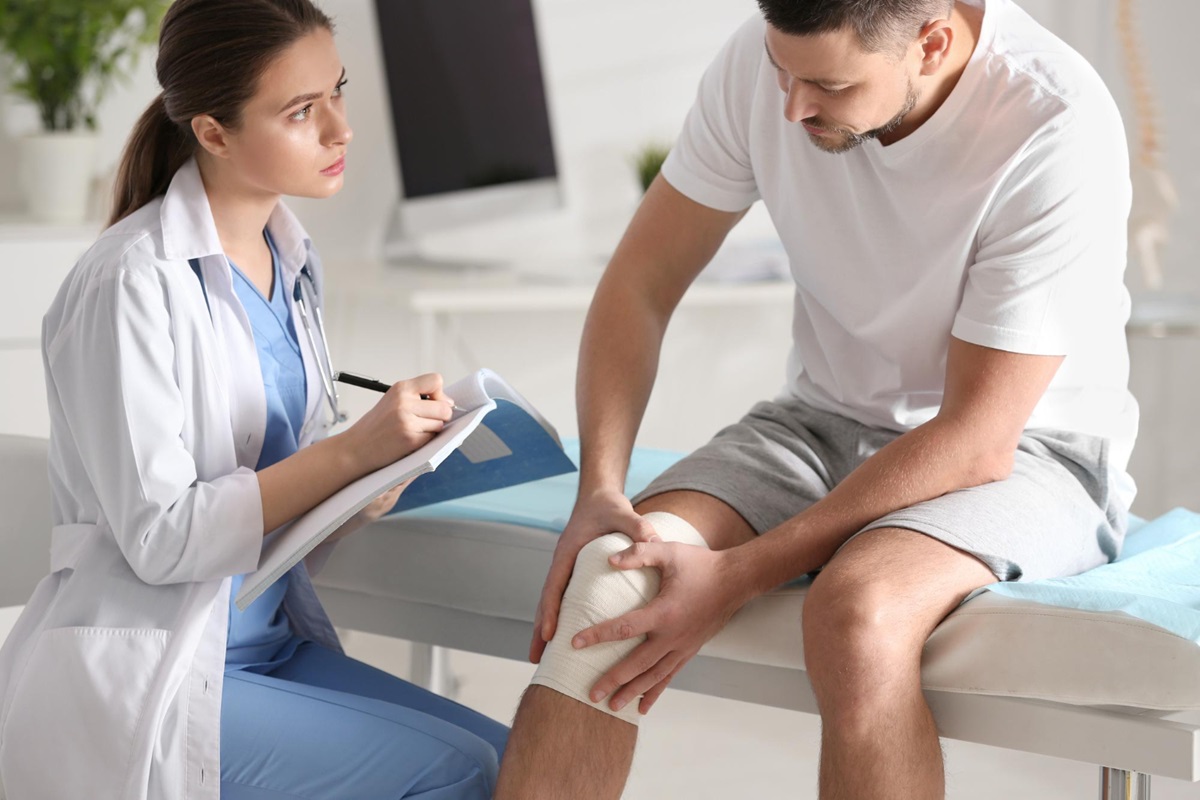
Recognizing the symptoms of inner knee pain is essential for timely diagnosis and treatment. Understanding these signs can help differentiate between minor issues and more serious conditions requiring medical intervention. Inner knee pain symptoms may develop gradually due to overuse or appear suddenly after an acute injury or trauma. The nature and severity of the symptoms can vary based on the underlying cause, such as a meniscus tear, medial collateral ligament injury, or knee osteoarthritis. Being aware of common indicators can guide individuals toward appropriate care and prevent further joint damage.
- Pain or tenderness on the inner side of the knee
- Swelling or inflammation
- Stiffness or reduced range of motion
- Clicking or popping sounds during movement
- Instability or the feeling of the knee giving way
When to Seek Medical Help
It’s important to consult a healthcare professional if you experience severe pain or swelling in the knee that does not improve with basic care. Inability to bear weight on the knee is a serious sign that may indicate a ligament injury, meniscus tear, or even a fracture. Visible deformity or misalignment of the joint may suggest a dislocation or structural damage that requires immediate medical attention. If symptoms such as pain, limited range of motion, or swelling persist despite rest and self-care, a proper physical exam and imaging tests like X-rays or MRI scans may be necessary for diagnosis and treatment. Early evaluation by an orthopedic specialist or physical therapist can prevent further complications and help create a tailored rehabilitation plan.
Diagnosing Inner Knee Pain
Diagnosis typically involves a physical examination to assess pain, swelling, and range of motion. Imaging tests like X-rays or MRI scans may be used to identify structural issues such as ligament tears, meniscus injuries, or arthritis. A detailed medical history is also important, as it helps the healthcare provider understand the origin and progression of symptoms. In some cases, specialized orthopedic tests are performed to evaluate the integrity of specific structures like the anterior cruciate ligament or the meniscus. An accurate diagnosis is crucial for developing an effective treatment plan tailored to the individual’s needs and activity level. Working with a provider who offers expert knee pain care ensures that the diagnostic process is thorough and leads to the most effective solutions.
Self-Care Tips for Mild Inner Knee Pain
For mild cases of inner knee pain, self-care measures can be effective in managing symptoms and promoting healing. Incorporating the RICE method—rest, ice, compression, and elevation—can significantly reduce inflammation and discomfort in the early stages. Over-the-counter pain relieving medication such as ibuprofen or acetaminophen may also be helpful in controlling pain severity. Activity modification is essential to avoid movements that worsen pain, and incorporating gentle stretching or mobility exercises can help maintain joint function. Using a cold compress, compression bandage, and proper leg elevation regularly can speed up recovery and prevent minor injuries from becoming chronic issues.
POLICE Principle
When managing an acute injury or mild pain in inner knee, following an appropriate first-aid strategy is crucial for optimal recovery. The POLICE principle—Protect, Optimal Loading, Ice, Compression, and Elevation—offers a modern, evidence-based approach to early injury care. Applying this method soon after injury can minimize pain, control swelling, and support faster healing of soft tissues around the knee.
- Protect: Avoid activities that exacerbate the pain.
- Optimal Loading: Engage in gentle movements to promote healing.
- Ice: Apply ice packs to reduce swelling.
- Compression: Use an elastic bandage to minimize swelling.
- Elevation: Keep the knee raised above heart level to decrease swelling.
HARM Principle to Avoid
Just as certain practices can aid healing, others may actually worsen an injury in its early stages. The HARM principle outlines specific actions to avoid following trauma or the onset of inner knee pain. Steering clear of Heat, Alcohol, Running, and Massage during the acute phase helps prevent increased swelling, bleeding, and further tissue damage.
- Heat: Avoid applying heat in the initial stages of injury.
- Alcohol: Can increase bleeding and swelling.
- Running: Avoid running or strenuous activities that stress the knee.
- Massage: Avoid massaging the injured area in the early stages.
Treatment Options for Inner Knee Pain
Treatment options vary depending on the severity and underlying cause of the inner knee pain. Conservative treatments like rest, ice and heat therapy, and over-the-counter medicine may be effective for minor injuries or inflammation. In more complex cases, interventions such as corticosteroid injections, knee braces, or arthroscopic surgery may be recommended to reduce pain and restore joint function. A physical therapist may develop rehabilitation protocols tailored to your condition, focusing on range of motion, stability, and mobility exercises. Total or partial knee replacement may be necessary for advanced cases of knee osteoarthritis or irreversible joint damage.
Home Remedies
Many cases of mild pain in inner knee can be effectively managed at home with simple, non-invasive strategies. These remedies aim to reduce inflammation, ease discomfort, and support the natural healing process. When applied consistently, home care techniques can help prevent the progression of minor injuries and reduce the need for medical intervention.
- Rest and avoid activities that cause pain.
- Apply ice packs for 15-20 minutes several times a day.
- Use over-the-counter pain relievers like ibuprofen.
Medical and Physical Therapy Treatments
For moderate to severe inner knee pain or when home remedies are not enough, professional medical and physical therapy treatments may be necessary. These interventions are tailored based on the cause and severity of the pain, as well as the patient’s activity level and goals. Treatment options may include everything from pain-relieving medications and injections to rehabilitation protocols designed by a physical therapist or, in advanced cases, surgical intervention.
- Physical Therapy: Tailored exercises to strengthen the knee and improve flexibility.
- Bracing: Supports to stabilize the knee joint.
- Injections: Corticosteroid injections to reduce inflammation.
- Surgery: In severe cases, procedures like arthroscopy or knee replacement may be necessary.
Exercises to Relieve Inner Knee Pain
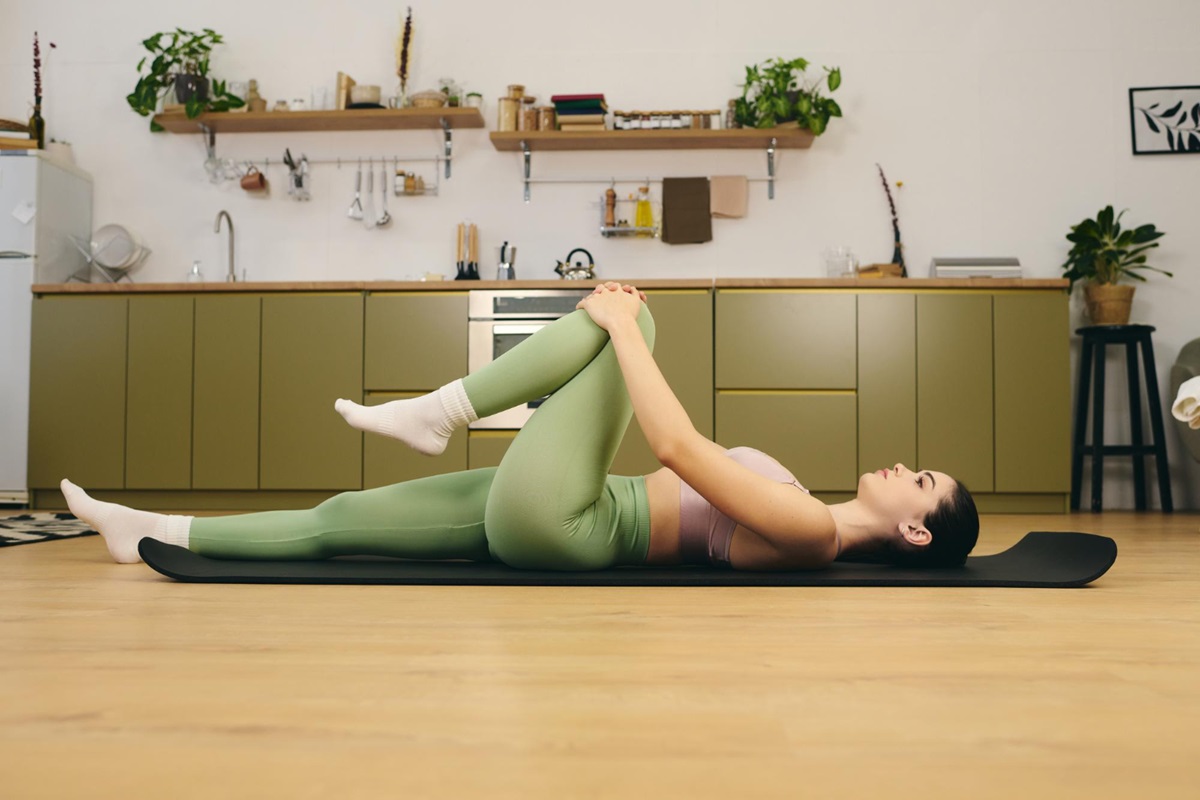
Incorporating specific exercises can help alleviate inner knee pain by strengthening the muscles around the knee and improving flexibility. These exercises support joint alignment and reduce strain on the medial structures of the knee, such as the medial meniscus and pes anserinus. Physical therapy exercises should be introduced gradually and modified as pain decreases and strength improves. Always prioritize low-impact exercise options and use proper bike settings, footwear, and form to prevent further injury. Regular stretching and strengthening also play a key role in long-term recovery and injury prevention. Targeted exercises for knee stability are especially important for individuals recovering from ligament injuries or managing chronic joint instability.
Quad Stretch
Stretching the quadriceps can alleviate pressure on the knee joint. Stand with one hand on a wall for balance, bend one knee, and pull the heel toward the buttocks. Hold for 15-30 seconds and repeat on the other leg. This stretch targets the quadriceps tendon, which, when tight, can contribute to patellofemoral pain syndrome or patellar instability. Perform this stretch two to three times daily, especially before and after activity, to maintain flexibility and prevent muscle imbalances.
Half Squats
Stand with feet shoulder-width apart. Slowly bend the knees to a 45-degree angle, keeping the back straight. Hold for a few seconds, then return to standing. Half squats help strengthen the quadriceps, hamstrings, and glutes, which are vital for supporting the knee joint and reducing strain on the medial side. Avoid deep squats, which can worsen pain on the inner side of the knee, especially in cases of medial plica syndrome or knee osteoarthritis.
Stationary Bike Exercise
Using a stationary bike can improve knee mobility and strength without excessive strain. Start with low resistance and gradually increase as tolerated. This low-impact exercise promotes circulation and helps restore function, especially following an anterior cruciate ligament injury or medial collateral ligament injury. Be sure to adjust bike settings properly to avoid overextending or compressing the knee joint. Stationary biking is a safe option for individuals recovering from trauma or seeking to manage chronic pain in the inner knee.
How Sustain Physical Therapy and Performance Can Help
Sustain Physical Therapy and Performance specializes in diagnosing and treating a wide range of knee issues, including pain in inner knee resulting from medial collateral ligament injuries, meniscus tears, pes anserine bursitis, and knee osteoarthritis. Their experienced team uses detailed physical exams, comprehensive medical history assessments, and coordination with imaging tests like X-rays and MRI scans to accurately identify the source of pain. What truly sets Sustain apart is their commitment to developing personalized treatment plans tailored to each patient’s condition, goals, and lifestyle. They provide hands-on care through manual therapy techniques and guide patients through customized rehabilitation programs that incorporate activity modification, low-impact exercises, mobility routines, and strength training to improve knee function and prevent future injuries. With a focus on individualized care and long-term recovery, Sustain Physical Therapy and Performance empowers patients to return to daily activities with confidence and less pain.
Conclusion
Inner knee pain can significantly impact daily activities, but with proper diagnosis and treatment, recovery is achievable. Early intervention, self-care, and professional guidance are key to managing symptoms and preventing further complications. If you’re experiencing persistent knee pain, consider consulting a licensed provider like Sustain Physical Therapy and Performance for expert care.
FAQs
What causes pain on the inside of the knee?
Pain on the inner side of the knee can result from various conditions, including MCL injuries, meniscus tears, osteoarthritis, and bursitis. Overuse, improper alignment, and degenerative diseases are common contributors.
Do and don’ts for knee pain?
For knee pain, it’s important to rest and protect the joint, apply ice to reduce swelling, and engage in low-impact exercises as recommended by a professional. Avoid high-impact activities without proper guidance, and do not apply heat during the initial stages of injury. Most importantly, don’t ignore persistent pain, as it may indicate a more serious underlying issue.
Why does the inside of my knee hurt when I run?
Pain in inner knee during running can be due to overuse injuries like pes anserine bursitis, MCL strain, or improper running mechanics. It’s essential to assess your running technique and consult a professional if pain persists.
Dr. Adam Babcock PT, DPT
“We Help Active Adults Quickly Recover From Pain Or Injury So They Can Stay Active, Get Back To What They Love To Do, and Do It For Decades”




